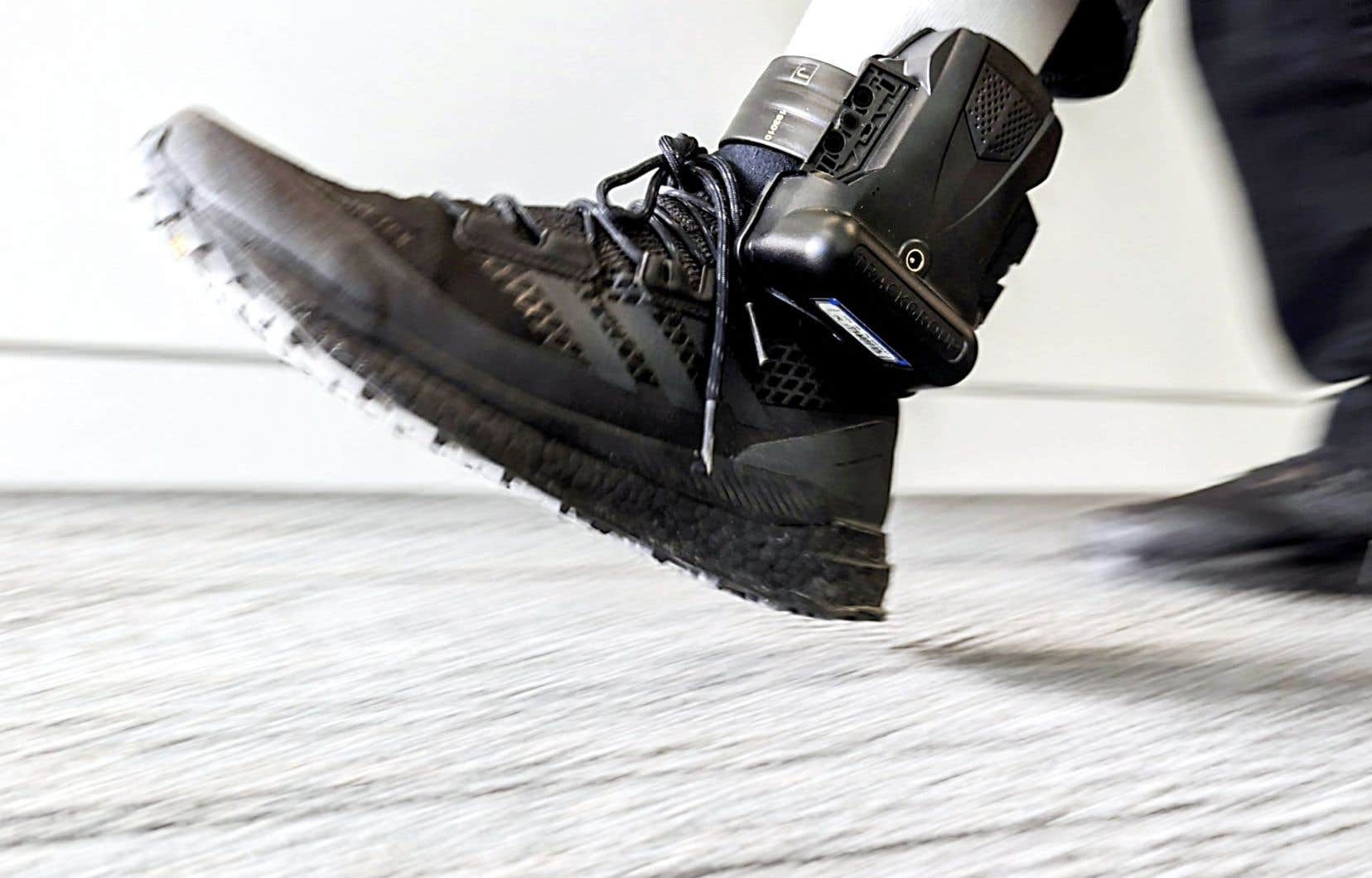Despite some technical glitches and inadequate coverage in the far north of the province, the Ministry of Public Security provides an initial positive assessment of the deployment of the anti-reconciliation bracelet (ARB) in Quebec.
In a document tabled in the National Assembly on Thursday, the ministry estimates that the imposition of the BAR has helped protect more than 300 victims of domestic violence or sexual exploitation and has a deterrence rate of more than 95%.
“The results we draw allow us to affirm that it is an effective tool for the protection of victims of domestic violence and that its influence is positive on their feeling of security,” indicates Minister François Bonnardel in opening of the 36-page report.
Deployed at a cost of $41 million, the BAR allows the geolocation of an accused or offender using two devices linked together. One is installed as an irremovable bracelet on the ankle of the accused or offender, and the other is a mobile application installed on a cell phone in the victim’s hands.
If the offender crosses a predetermined perimeter around the victim, a signal will be transmitted to a monitoring center which can see on a screen the location where each of the two people is located. The wearer of the bracelet will be asked to turn back. If he refuses or continues to approach, the officer will request the intervention of the police.
As of January 31, 2024, 328 offenders have been required to wear the BAR since its gradual deployment began in 2022.
The report indicates that between 1er April and December 31, 2023, “528 alarms linked to a reconciliation for which the monitoring center intervened preventively were identified”. Of this number, 21 required police deployments since the bracelet wearers refused to comply with the interventions. Quebec is therefore pleased with a deterrence rate of over 95%, the target established when the program was implemented.
Eight offenders were imprisoned following an approach or crossing of a prohibited zone.
The report also mentions some technical failures.
In September 2023, an offender managed to get closer to a victim without an alarm being triggered. He was eventually arrested following a call to emergency services.
An individual who had to wear a BAR also managed to remove the bracelet from his ankle without the alarm going off. He was intercepted by the police even though he was not wearing the device. This latest incident led to the audit of all BARs in Quebec.
Geographic gap
The BAR has been available to law enforcement across Quebec since September 2023. Only certain Inuit communities in the north of the province are excluded, due to the absence of a reliable cellular network to allow “safe” implementation of the BAR.
“The Quebec territory is vast. This reality presents us with a major technological challenge, namely reaching all populations, including those living in regions poorly served by telecommunications networks, which is the case for many indigenous populations. We are still devoting all necessary efforts to finding solutions to expand the use of BARs as much as possible,” acknowledges Deputy Minister Marc Croteau in the report.
The wearing of the BAR can be decreed by a judge, by the Commission québécoise des parolees, a director of a detention establishment or even by a probation officer.
According to data from Quebec, 77% of impositions are made in the context of provisional release.
Quebec was the first Canadian province to use the BAR and the 7e State in the world.
Need help ?
If you are a victim of domestic violence, you can call the SOS domestic violence emergency line at 1 800 363-9010.
If you are a victim of sexual violence, you can contact a Sexual Assault Support Center (CALACS) near you. Click here to see the list or call the Sexual Violence Helpline at 1 888 933-9007.
Men with violent behavior can contact the À coeur d’homme network, which supports the prevention of domestic and family violence, at 1 877 660-7799, or click here to contact organizations that help men in difficulty.
